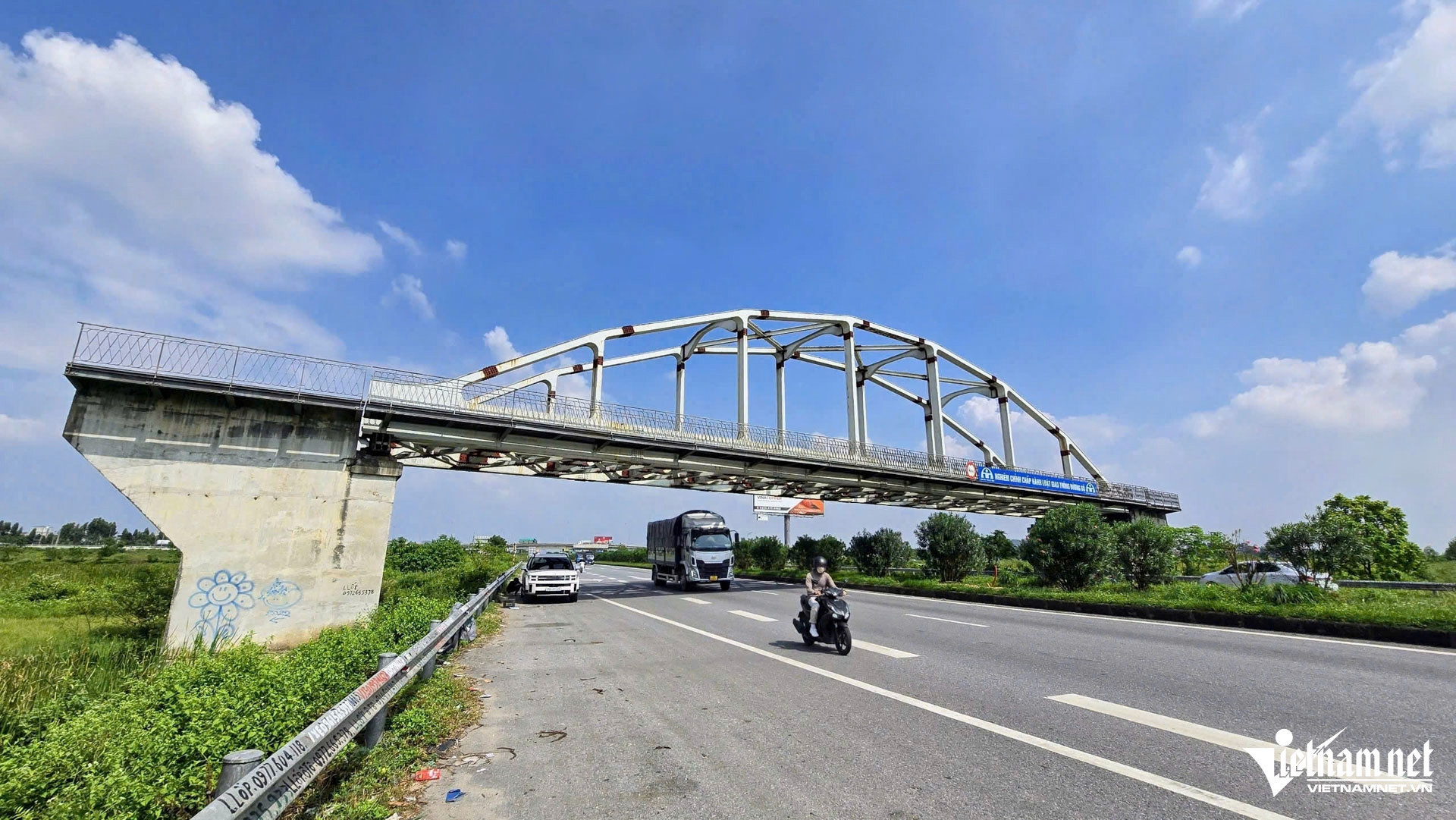
The railway, with a span of 131 km (43 km newly built and 88 km upgraded), starting at Yen Vien Station (Hanoi) and ending at Cai Lan Port (Quang Ninh), got the Prime Minister’s approval in January, 2004, funded by government bonds.
With a total investment of VND7.665 trillion, the project comprises four independent sub-projects: Yen Vien - Lim, Lim – Pha Lai, Pha Lai – Ha Long, and Ha Long – Cai Lan.
If completed this railway would cut travel time from Ha Long to Yen Vien to 1.5-2 hours for passenger trains and 3-4 hours for freight trains, forming a transport corridor to boost development between Hanoi and Quang Ninh.
The construction began in 2005, with an expected completion date in early 2012. However, in 2011, funding difficulties led to a delay that persists to this day.
This has left households along the route—from Dong Trieu Town, Uong Bi City, to Ha Long City (Quang Ninh)—unable to build or repair homes, subdivide land plots, transfer land use rights, or update Land Use Right Certificates, severely impacting their lives.
Meanwhile, in Bac Ninh, VietNamNet reporters have found that five railway overpasses belonging to this project remain incomplete.
In early 2023, responding to Quang Ninh voters’ petitions, the Ministry of Transport (now the Ministry of Construction) emphasized the railway’s critical role in developing the Kunming (China) – Lao Cai – Hanoi - Hai Phong – Quang Ninh economic corridor.
However, in 2008-2011, Vietnam’s economy faced challenges due to the global financial crisis, forcing the project’s suspension and delay under Government Resolution No 11/2011 on solutions to curb inflation, stabilize the macroeconomy, and ensure social welfare.
In addition, capital in the previous medium-term public investment plans allocated to the ministry was limited, and capital was prioritized for other projects, in accordance with the Resolutions of the Party, State and Government.
Moreover, the investment plan requires careful, thorough review to ensure efficiency. The Yen Vien – Pha Lai - Ha Long – Cai Lan railway project was approved a long time ago, while many changes in socio-economic development strategies have been made.
To date, only Sub-project 1 (Ha Long – Cai Lan) has been completed and put into operation. The other three sub-projects—Yen Vien - Lim, Lim – Pha Lai, and Pha Lai - Ha Long—have progressed with compensation, land clearance, roadbed construction, and some other components.
By the time the construction officially halted in 2014, the project had disbursed VND4,322 billion, or 56 percent of the government-approved total investment.
Recently, the Central Steering Committee on Anti-Corruption, Waste, and Negativity agreed to put four cases showing signs of waste under control and direction. One of the four is the sub-project No2 (Lim – Pha Lai), belonging to the Yen Vien – Pha Lai - Ha Long – Cai Lan project.
Waiting to be revived
In early February, the then Ministry of Transport sent a dispatch to the Prime Minister reporting on the project’s progress, proposing its inclusion in the 2026-2030 medium-term public investment list. This would allow the Ministry to allocate funds and adjust procedures within its authority.
Under Conclusion No 49-KL/TW on Vietnam’s Railway Development Orientation by 2030, with a vision to 2045, the Politburo mandated completing the Yen Vien – Pha Lai - Ha Long – Cai Lan railway by 2030.
The 2021-2030 Railway Network Plan, with a vision to 2050, also prioritizes this route’s investment by 2030.
According to the Ministry of Transport, this is an important political and legal basis to activate the process of completing the route connecting the two sides of the Red River Delta development triangle, Hanoi and Quang Ninh.
The ministry directed the Railway Project Management Board and consultants to urgently review and finalize the adjusted project dossier for the next steps. As of now, consultants have largely completed the feasibility study report for the adjusted project, with a final review held on January 2 this year.
Considering the current socio-economic development in the affected regions, the forecasts for the Yen Vien – Pha Lai - Ha Long – Cai Lan route show higher passenger demand and lower freight demand than before. Thus, the project’s purpose has shifted, prioritizing passenger transport.
The three unfinished sub-projects are also being studied for adjustments to best suit today’s realities.
“Considering the work already done before the delay, the preliminary total investment cost for the Yen Vien – Pha Lai - Ha Long – Cai Lan railway is about VND8,300 billion, an increase of roughly VND700 billion VND from the initial total,” a Ministry of Transport leader shared with the press at the time.
That is the Ministry’s rough estimate. But when the railway will truly be “revived” remains an open question.
Tam An